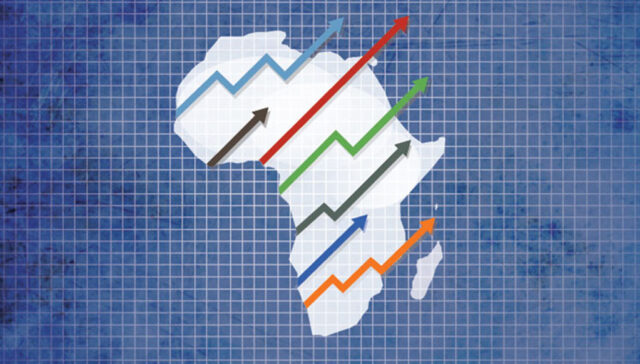
(3 minutes read)
- Remittances to Africa, a mainstay of a good number of households to fend for their expenses, is bound to decrease in 2021 going by the present trend
- Significantly, remittances aggregated to US$44 billion in 2020. However, estimates are that it is projected to fall by 5.4 per cent to US$41 billion in 2021, shaving of a meaty US$3 billion
- The report noted that remittances have demonstrated greater resilience and reliability as a source of capital in Africa than foreign direct investment flows.
Remittances to Africa, a mainstay of a good number of households to fend for their expenses, is bound to decrease in 2021 going by the present trend. Significantly, remittances aggregated to US$44 billion in 2020. However, estimates are that it is projected to fall by 5.4 per cent to US$41 billion in 2021, shaving of a meaty US$3 billion. The report noted that remittances have demonstrated greater resilience and reliability as a source of capital in Africa than foreign direct investment flows.
The report is titled as “African regional review of implementation of the Global Compact for Safe, Orderly and Regular Migration. It was produced by the Economic Commission for Africa (ECA) in partnership with the African Union Commission (AUC) The report recommends that governments across the world should take effective action to facilitate and boost remittances in view of supporting the fight against COVID-19. It also will help ultimately building a more sustainable post-pandemic world, the report adds.
The costs for sending remittances to Africa are some of the highest in the world. The average transaction costs were equivalent to 8.9 percent of the amount being sent for a remittance payment of $200 till recently. The governments want to cap it at 3%.Higher cost of remittances has forced expatriates to seek non-official and illegal channels to send money.
This is reinforced by the Addis Ababa Action Agenda of the Third International Conference on Financing for Development and Sustainable Development Goal, which stipulates that countries should, by 2030, reduce the cost of remittance to less than 3 per cent the transaction costs of migrant remittances and eliminate remittance corridors with costs higher than 5 per cent.
Remittances form a significant portion of income for some receiving countries, constituting approximately 65 per cent of the income. In some countries, senders spend an estimated 15 per cent of their income on remittances. For 25 African countries, remittances form a major part of the national income, especially those countries having a large number of Diaspora.
Experts feel that amidst the digital money transactions, conventional bank transfers have lost their relevance. The conventional transactions are expensive, cumbersome and cause considerable delays while the digital transfers take only a fraction of a minute.





